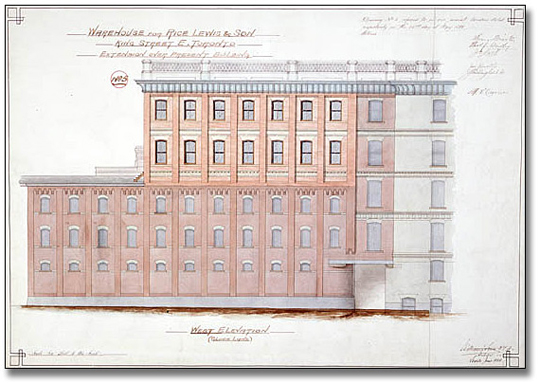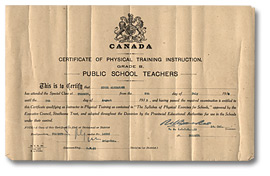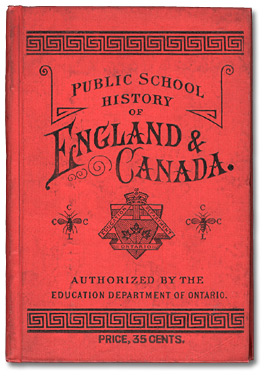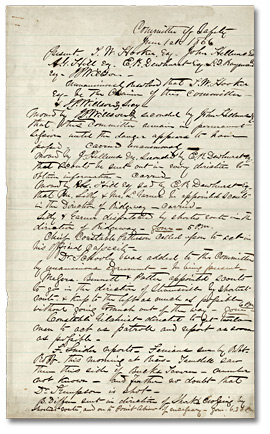
All About Teaching with Primary Documents
What are primary documents?
As they relate to the study of history, primary documents are records "created in the past, which have survived into the present." Letters, photos, drawings, and other records that were created at or near the time being studied bring a dimension to the subject that is not available through any other means.
How are they valuable in the study of history?
Primary documents provide a unique perspective on historic events and situations. Unlike textbooks which provide a retelling of the events from the perspective of the author, primary documents are treasures that have emerged from history intact. They are time-capsules that provide windows into the past that are not available any other way.
For further information visit these sources:
-
For an in-depth introduction into teaching with primary documents read: Teaching History With Primary Documents - an Introduction By Ruth Sandwell found below.
-
For a brief introduction to the records held by the Archives of Ontario visit : Our Collections: By The Numbers
Teaching History with Primary Documents
Ruth Sandwell
July 15, 2006
Defining Primary Documents
Primary documents are those records created in the past, at or close to the time under study, which have survived into the present. Historians have traditionally used a wide variety of written records, from personal diaries created by a child to statistical records kept by government departments, as the foundation for their historical investigation. More recently, historians have been drawing on non-document records, including photographs, moving pictures, the spoken word and even architectural plans or botanical (plant) inventories to find clues about how people lived in the past.

Rice Lewis Warehouse, King and Victoria front elevation, 1886-1891
William G. Storm
Watercolour on paper
J. C. B. & E. C. Horwood Collection
Reference Code: C 11-757-0-1,(714)9
Archives of Ontario, I0005469
All of these primary documents are, in an important sense, the “raw materials” that historians work with as they attempt to figure out ‘what happened’ in the past, and what it all means to us in the present.
Primary Documents vs Textbooks
When you use primary documents to teach history, you are doing something quite different than when you teach history by asking students to read passages from a text book, and then answer questions. When you use a textbook, you know what the story is, you know what questions to ask, and you know the right answer.

Certificate of Physical Training Instruction, 1918
Grade B Public School Teacher
Alvin D. McCurdy fonds
Reference Code: F 2076-10-0-46
When you ask students to look at a primary document, you are asking them to do what a historian (or a detective, for that matter) does: to look at some left-overs from the past (i.e. the primary documents created in the past, and surviving into the present), and then decide how to best use the information, or insights, or point of view in the documents as evidence about the past.
It is not a simple process, as the answers are not provided in advance. You need to figure out what the document is, and what kind of evidence it contains, before you know what it can tell you about the past.
Turning the Past into History
The past is not the same as history. The past involves everything that ever happened since the beginning of time – every thought and action of each and every human being on the planet, every tree that fell in the forest, and every chemical transformation in this universe and others since the dawn of time.
History, by contrast, is an interpretation, or rather a process by which people interpret records left over from the past. Historians have always relied heavily on written records, but spoken, visual, archeological and botanical records have been investigated for what they can help us understand about human life on this planet.
People do their historical work of interpreting records from the past in the context of other people’s (usually historians’) interpretations, and according to certain rules, particularly rules of evidence. But the process of historical interpretation also takes place in the context of certain assumptions (assumptions which are often challenged and argued about) concerning what is worth knowing about in the past. History concerns those issues, events, people and ideas that people, or at least some people, think are important.
History is the process of turning the past into history. History is the narrative that gives meaning, sense and explanatory force to the past in the present.

